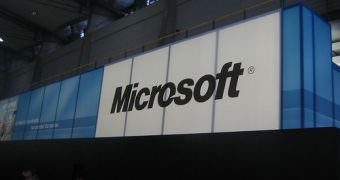Microsoft is about to make good on a 2007 promise to make available a collection of developer tools designed to enable the creation of products that will boost technology accessibility for users with disabilities. Back on November 7, 2007, the Redmond company and Novell were celebrating the first anniversary of their landmark interoperability agreement in 2006. On that occasion, the two companies announced that they will fuel joint efforts to improve computer access for people with disabilities. As far as Microsoft was concerned, the announcement regarded its User Interface Automation (UIA) specification.
Freeing up UIA essentially means giving developers and software companies royalty-free access to the specification, while aiming to enable the building of accessible products for both the Windows and Linux platforms. The Redmond company's accessibility framework can now be used both the open source and proprietary software communities to put together products with comprehensive assistive technologies, and Windows Accessibility lead Norm Hodne reiterated Microsoft's position that it will claim no monetary compensation for the use of its patent portfolio associated with UIA.
"We want to do all we can to help advance the development of assistive technologies across all platforms and help a wider number of users access technology in their daily lives. By making Microsoft UI Automation freely available we hope to increase the accessibility of many information and communication technologies and to drive cross-platform interoperability. We welcome the opportunity to work with other AIA members to extend the innovations we have built into UI Automation," revealed Norm, Microsoft Windows Accessibility lead.
As such, the UI Automation specification has been donated to the Accessibility Interoperability Alliance (AIA) engineering group. Microsoft's next-generation accessibility programming model enables the streamlining of the process inherent with making software compatible with assistive technology products.
"Microsoft UI Automation represents what the interface can do rather than how it is presented visually, making it easier for both the application developer and assistive technology developers to create rich experiences for their users, including people who are blind," Hodne added. "AT products built using UI Automation will require fewer updates and fewer customizations for specific applications, because they can intelligently interact with user interfaces and controls that have yet to be invented."

 14 DAY TRIAL //
14 DAY TRIAL //